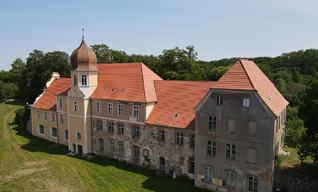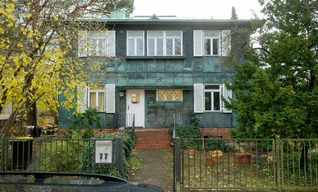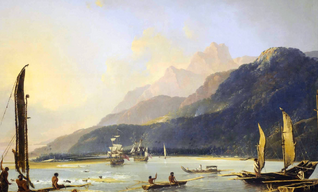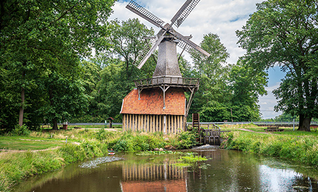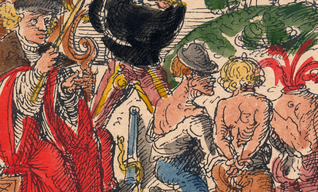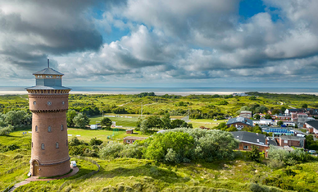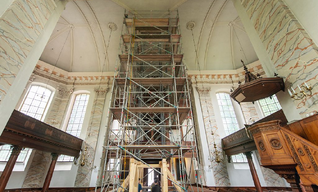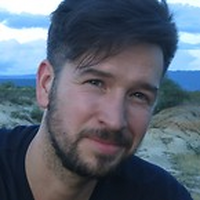
Dr. Stephan Kroener
Freiburg
-
Noch keine BeiträgeHier wird noch geschrieben ... bitte schaue bald nochmal vorbei

Dr. Stephan Kroener
-
architektur
-
denkmäler
-
kultur
-
lateinamerika
-
umwelt & nachhaltigkeit
-
politik & menschenrechte
Instagram/Twitter
@El_Stoeppel
https://www.linkedin.com/in/stephan-kroener-137ba1168/
Blog
https://kolumbienverstehen.wordpress.com/
015738375308
Fehler!
Leider konnte der Artikel nicht gefunden werden.
We can't find the internet
Attempting to reconnect
Something went wrong!
Hang in there while we get back on track



